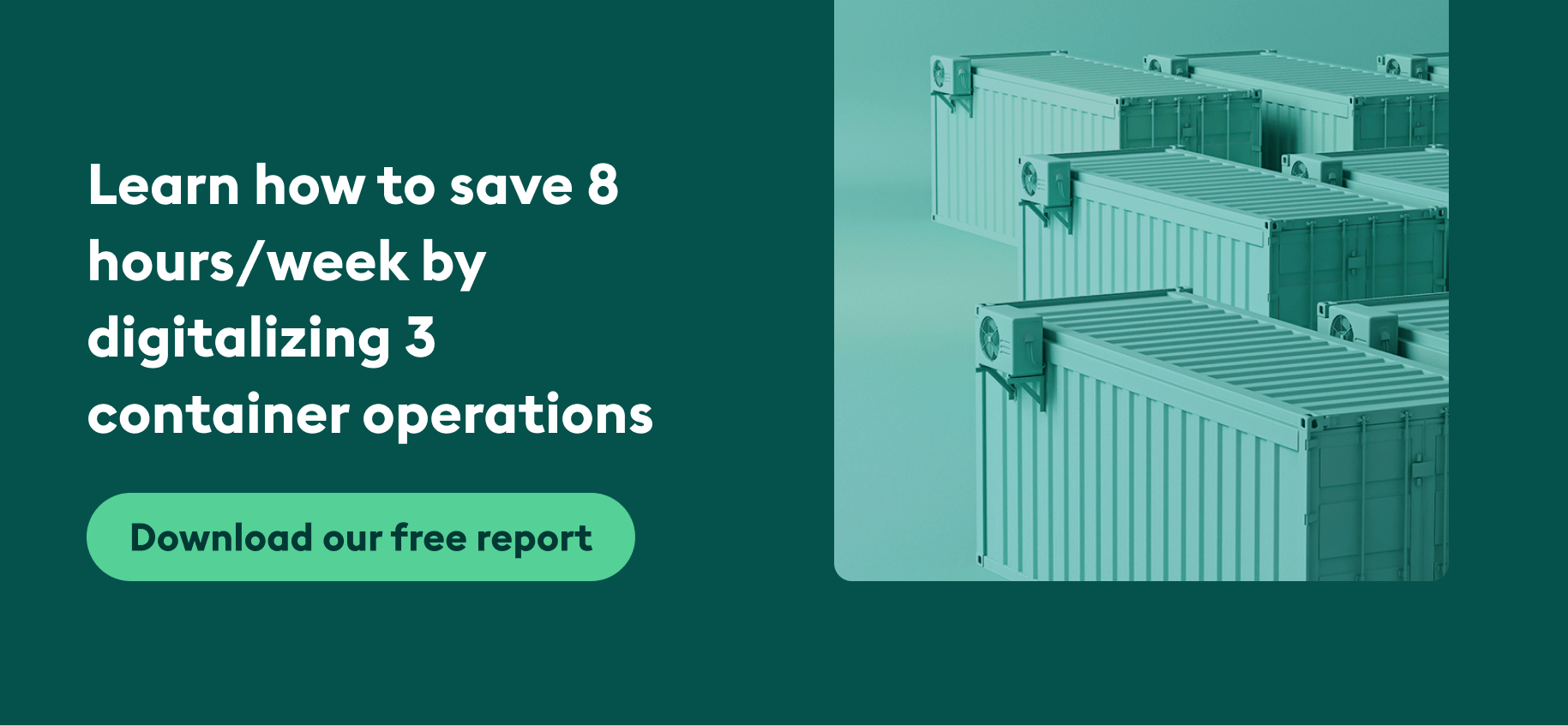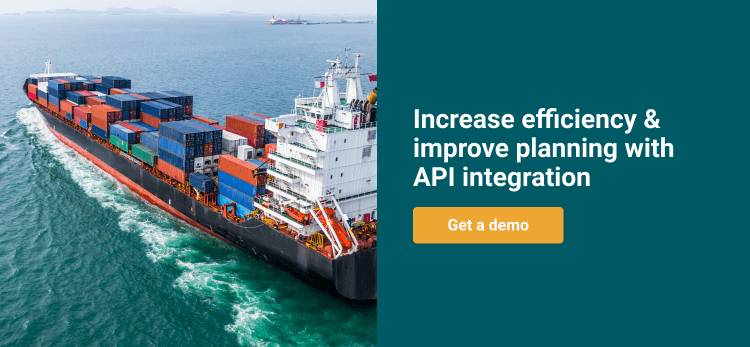Managing a fleet of containers and manually tracking each one on different carrier’s websites is a cumbersome job. By integrating with shipping API, you can automate every task and manage your workload efficiently. With this blog, you will get more insight into shipping API and its various benefits. Read on!
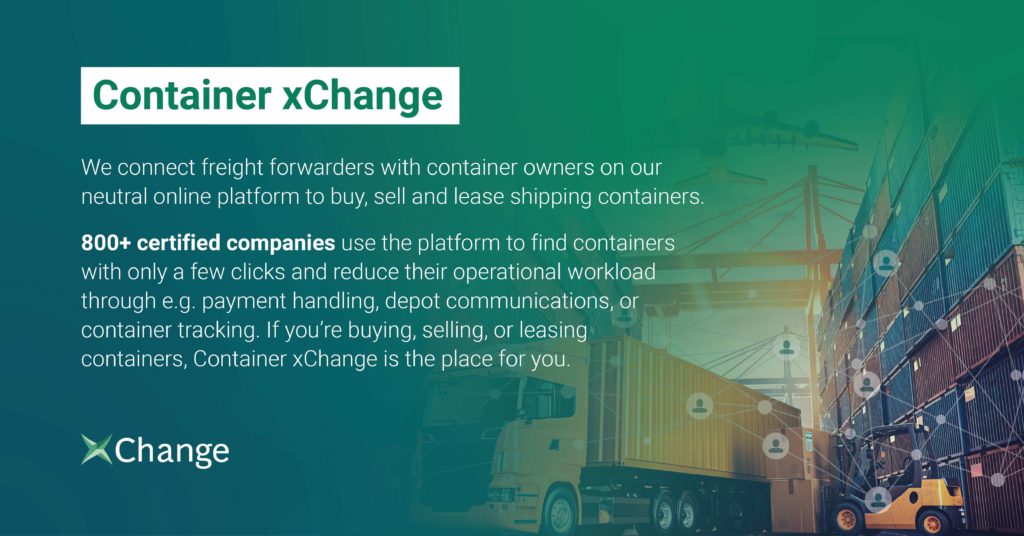
While much of our workload has been automated or digitized, there are still many painstaking tasks we’re left to do manually. A common example is managing a fleet of containers and manually tracking each one on different carrier’s websites. This process is time-consuming and often overwhelming.
In a world where the term “instant” has become synonymous with our lives, it’s time to put the old-school style of tracking containers manually in the backseat. With computer software like API, you can now track your container and manage your fleet faster, in real-time, and efficiently.
But what is API, and what does it do? Let’s dive in and find out all about it!
What is an Application Programming Interface (API)?
Application programming interface (API) is a set of programming instructions and standards for accessing web-based software applications. This allows software platforms to communicate with each other without intervention from the user. The available data updates instantaneously, without an intermediary.
You can get the real-time information you need from a single interface rather than going back and forth between multiple interfaces. The biggest benefit of API is that business users with little to no technical background are able to access data. You can get a sneak-peek into some of the other commonly used shipping logistics jargon right here.
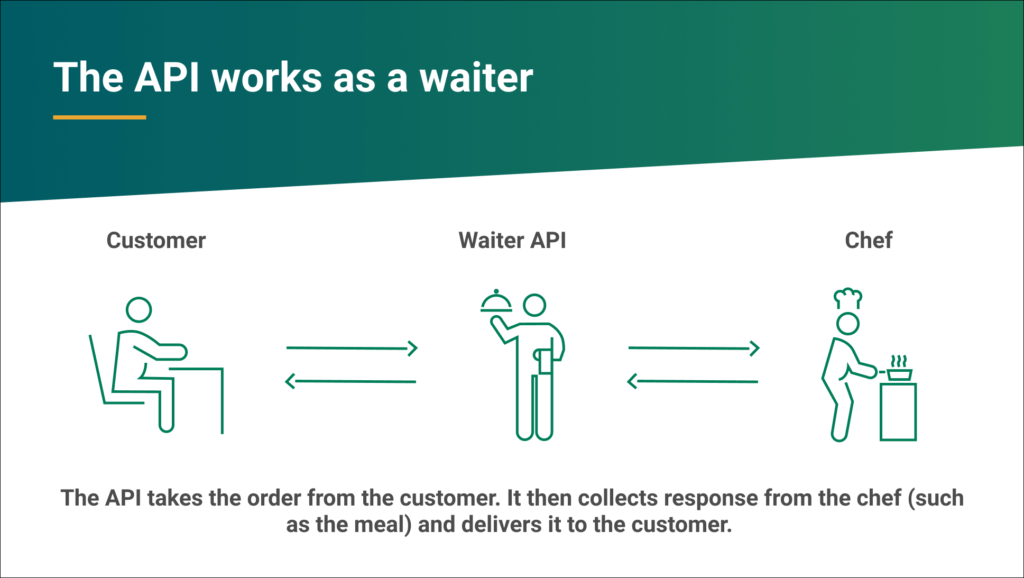
How is an API used in the shipping industry?
Shipping API helps you gather your shipment data effortlessly. It makes the whole shipping process more transparent.
In the shipping industry, API is largely used to manage a fleet of containers and digitize the process of manual tracking of boxes.
A shipping API integration automates your data collection process and gives you more control of your shipment by providing real-time information. This integration disseminates various shipping information. It includes locations, the scheduled date of arrival, locates bottlenecks, and minimizes delays. With the available data and information, you can also generate your cargo documents with no human intervention and errors.
Using API for your shipping business improves data visibility for your last-mile deliveries. Thus, reducing supply chain disruptions and eventually boosting your customer relations.
Understanding API with an example
Let’s say you want to book flight tickets for your next vacation. The first thing you do is search for available flights online.
Now, imagine that you’re booking your flight on the official website of an airline. You’ve got a variety of options to choose from such as different cities, and departure and return dates. You select a departure and return city and dates, cabin class, and other variables. Here, you’re interacting with the airline’s website and have access to their database — available seats on your preferred dates and the prices.
Now, if you’re not using the airline’s website, but rather using an online travel portal such as Skyscanner or Expedia, they aggregate information from several airline databases.
So, in this case, the online travel portal interacts with the airline’s API. It commands the API to provide information from the airline’s database to book seats, baggage options, etc. The API takes the airline’s response to your request and delivers it to the travel portal, which then shows you the most current information.
Similarly, when transferring supply chain data with API, companies can automatically add pickup requests into a carrier’s system, eradicating the time-consuming process of manual requests. Real-time access to big data can help retailers and 3PLs respond quickly and efficiently to issues. It makes accurate predictions about the many parts of the supply chain.
If you want to get information on your shipment or track your containers in real-time, integration with shipping API can help you effortlessly. To know more about how a container tracking API can help you in your day-to-day shipping business, click the banner below and get the information you need from the comfort of your living room.
What you can expect by eliminating manual upkeep with a shipping API
Shipping API has many benefits. Shipping container tracking API not only digitizes your data but also helps you to monitor, improve and streamline functionalities and your business at large. Let’s look at some common benefits you can enjoy by eliminating manual upkeep by integrating a shipping API.
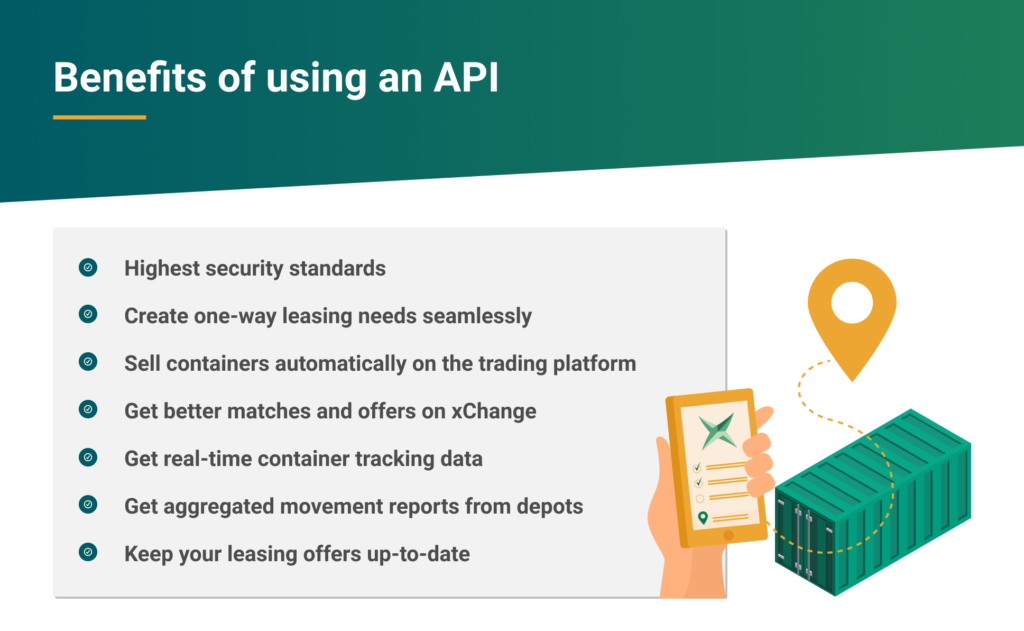
Get real-time container tracking data
You can get detailed track and trace reports for all your containers in one place at your fingertips. You don’t have to go back and forth between different carrier websites looking for data individually. The icing on the cake is this process is not at all time-consuming. You’ll find the information you need error-free and in real-time.
Get aggregated movement reports from depots
During a shipment, the biggest worry you’ve is not to miss out on any updates or container event notifications. Gathering this data manually is a time-consuming process and it’s also error-prone and inefficient. Shipping API comes to your rescue by providing an aggregated movement report from every depot your container halts at. This information is instant and includes gate-in and gate-out reports, inventories, and balances error-free and on time.
Highest security standards
By integrating with the shipping container API, you’re basically saying yes to the highest security standards. A certified API system follows data standards and authentication to keep your information safe and provide seamless data transmission. Your data is end-to-end encrypted and goes through regular independent penetration tests.
Get better matches and offers on xChange
xChange shipping API enables you to get better matches and create smart supply offers. It doesn’t end here, these offers, once created, update automatically depending on your stock. Now, you can concentrate on closing deals and growing your partner network — no matter which tool or ERP software you use.
Now that you know the benefits of eliminating repetitive manual workload and replacing it with a shipping API, it’s time you give your business the digital upgrade it deserves. It’ll not only help you streamline your work process but also keep your whole fleet of containers under control. To know more about xChange’s shipping API integration, click on the banner below. See how we can help you track your containers, reduce workload, and simplify your shipping business.
5 reasons to use xChange’s container tracking and shipping API
Incorporating technology into your shipping business helps you oomph up your overall logistics experience. It makes every step of the process faster, safer, streamlined, and more transparent. Additionally, it also increases the productivity, efficiency, and reliability of your company.
Integrate with xChange’s container tracking and shipping API and make all the above and more a reality. You can enjoy several benefits from this integration at your fingertips. Here are the top 5 reasons to use xChange’s container tracking and shipping API:
![]()
Real-time visibility
xChange shipping API integration will give you real-time visibility. You know where your boxes are in real-time. You also get the latest container movements directly from depots. It sends ETAsWhat is estimated time of arrival? Estimated time of arrival, commonly known as ETA, is a frequently used term globally to denote the time of coming. In the shipping & logistics industry, it is ... More and tracking reports for all of your containers directly into your equipment management software.
Reduce manual and repetitive tasks
Receive digitized and error-free data of your shipment instead of manually entering the information you get from carrier websites. xChange shipping API helps you reduce manual and repetitive tasks that are mundane, time-consuming, and prone to human error.
Accurate results
Since there is no human intervention, rest assured that the data you are getting is accurate and reliable. Accuracy in information helps you save time, energy, money and increases reliability and efficiency in operation.
Visualize and share your tracking data
xChange shipping API helps you track, trace and manage your containers the new-age digital way. You get better clarity and more transparency by automatically transmitting data to improve your experience and help you plan your shipments better. You can also share your container tracking data with your partners and keep them updated in case of delays.
Improving your planning
With the available information, you can better judge upcoming circumstances, and act on foreseeable delays in a planned and calm manner. This will also help you manage extra charges such as demurrage and detention fees incurred due to those delays.
Boost your productivity with xChange today
xChange’s shipping API lets your system communicate directly with the xChange platform. It provides comprehensive standard support for all members.
With xChange shipping API, you get instant updates and notifications for your open and running requests. This means that you receive better and more accurate results without manually sending us your needs and demands.
With an external data integration, you can save time, costs and enjoy improved productivity. We make your fleet visible and optimize requirements matching.
At xChange, we also provide fast onboarding, so our IT team gets you set up and up to speed.
What are the typical pitfalls — well none really! We integrate your system with xChange at the least possible effort from your side. We build a custom integration for you within 14 days at no cost!
Want to know more about the shipping API integration? Our experts can help you get started from scratch. All you need to do is click the banner below, and we take it from there.
[custom-related-posts title=”Related Posts” none_text=”None found” order_by=”title” order=”ASC”]



